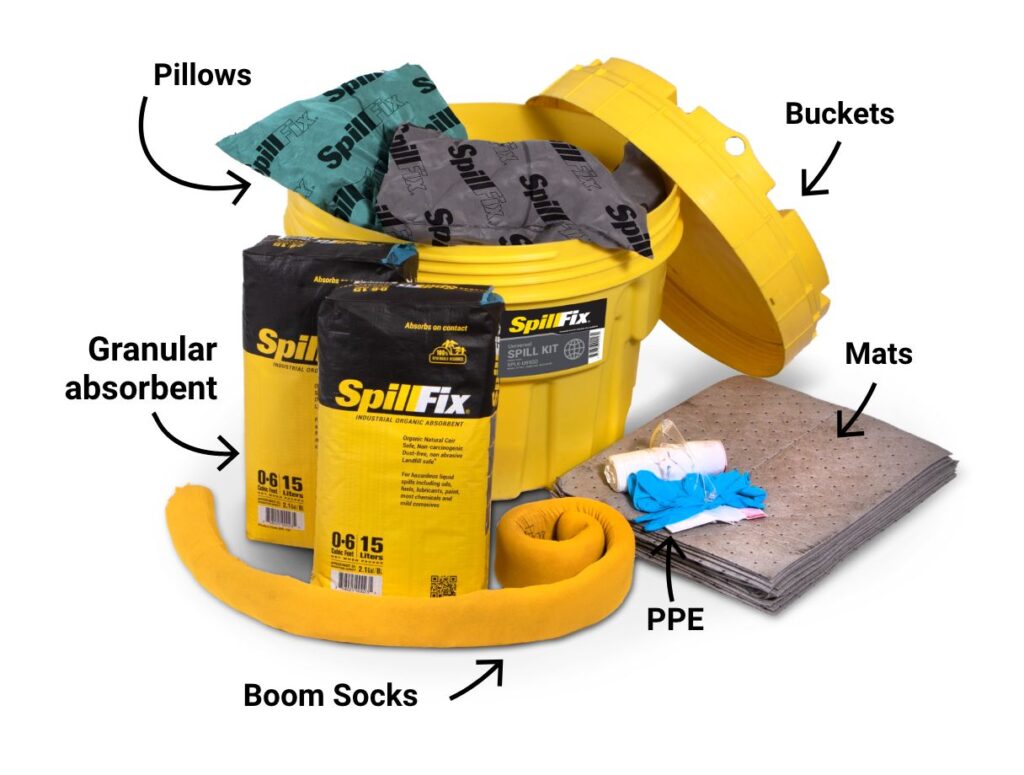What are some effective spill controls?

In today's industrialized world, the risk of spills is an unfortunate reality. Spills can have devastating consequences for the environment, leading to pollution of land, water, and air. It is crucial to have effective spill control measures in place to minimize the damage caused by such incidents. This article will explore some of the most effective spill control techniques and strategies that can be employed to mitigate environmental impact.
- Understanding Spills and Their Environmental Impact
- Common Spill Control Techniques
- Effective Spill Control Strategies
- Best Practices for Spill Prevention
- Training and Preparedness for Spill Response
- Case Studies: Successful Spill Control Measures
- Regulations and Compliance for Spill Control
- Conclusion
- Frequently Asked Questions
Understanding Spills and Their Environmental Impact
Spills can occur in various settings, including industrial facilities, transportation, and even household activities. Regardless of the context, spills pose a significant threat to the environment. They can contaminate water bodies, harm wildlife, and damage ecosystems. Understanding the potential environmental impact of spills is essential for implementing appropriate control measures.
Common Spill Control Techniques
There are several common spill control techniques that are widely used to address spills effectively. These include containment, absorption, and diversion. Containment involves using barriers to prevent the spread of the spill, while absorption utilizes materials such as absorbent pads or booms to soak up the spilled substance. Diversion, on the other hand, redirects the flow of the spill away from vulnerable areas.
Effective Spill Control Strategies
To enhance spill control, it is essential to implement effective strategies. One such strategy is the establishment of spill response teams who are trained and equipped to handle spills promptly. Developing a comprehensive spill response plan that outlines the necessary steps and procedures is also crucial. Additionally, regular inspections and maintenance of equipment such as storage tanks and pipelines can help identify potential spill risks and prevent incidents from occurring.
Best Practices for Spill Prevention
Prevention is better than cure, and this holds true for spills as well. Implementing best practices for spill prevention can significantly reduce the likelihood of incidents. This includes proper storage and handling of hazardous materials, regular equipment maintenance, and employee training on spill prevention measures. By taking these preventive measures, the risk of spills can be greatly minimized.
Training and Preparedness for Spill Response
An essential aspect of spill control is training and preparedness. Employees should receive comprehensive training on spill response protocols, including how to identify different types of spills, the appropriate actions to take, and the proper use of spill control equipment. Regular drills and exercises can also help ensure that employees are prepared to respond effectively in the event of a spill.
Case Studies: Successful Spill Control Measures
Examining real-life case studies of successful spill control measures can provide valuable insights and lessons. These case studies highlight the effectiveness of specific techniques and strategies employed in different spill scenarios. Learning from these success stories can help improve spill control practices and enhance environmental protection.
Regulations and Compliance for Spill Control
To ensure effective spill control, it is essential to be aware of the relevant regulations and comply with them. Regulatory bodies, such as environmental agencies, often have specific guidelines and requirements in place for spill prevention, response, and reporting. Adhering to these regulations not only helps protect the environment but also avoids potential legal ramifications.
Conclusion
Spill control is a critical aspect of environmental protection. By understanding the impact of spills, implementing effective control techniques and strategies, and promoting spill prevention, we can minimize the damage caused by these incidents. Training and preparedness, along with compliance with regulations, are essential elements of a robust spill control program. By working together to prevent and respond to spills, we can preserve our precious ecosystems for future generations.
Frequently Asked Questions
1. What are the main causes of spills?
Spills can be caused by various factors, including equipment failure, human error, natural disasters, and inadequate storage or handling of hazardous materials.
2. How can spills be contained and controlled?
Spills can be contained and controlled through techniques such as containment, absorption, and diversion. These methods help prevent the spread of the spill and minimize environmental damage.
3. Are there any eco-friendly spill control products available?
Yes, there are eco-friendly spill control products available on the market. These products are designed to effectively control spills while minimizing harm to the environment.
4. What should be included in a spill response plan?
A spill response plan should include clear procedures for spill identification, notification, containment, and cleanup. It should also outline the roles and responsibilities of the spill response team and provide guidance on the use of appropriate spill control equipment.

Leave a Reply